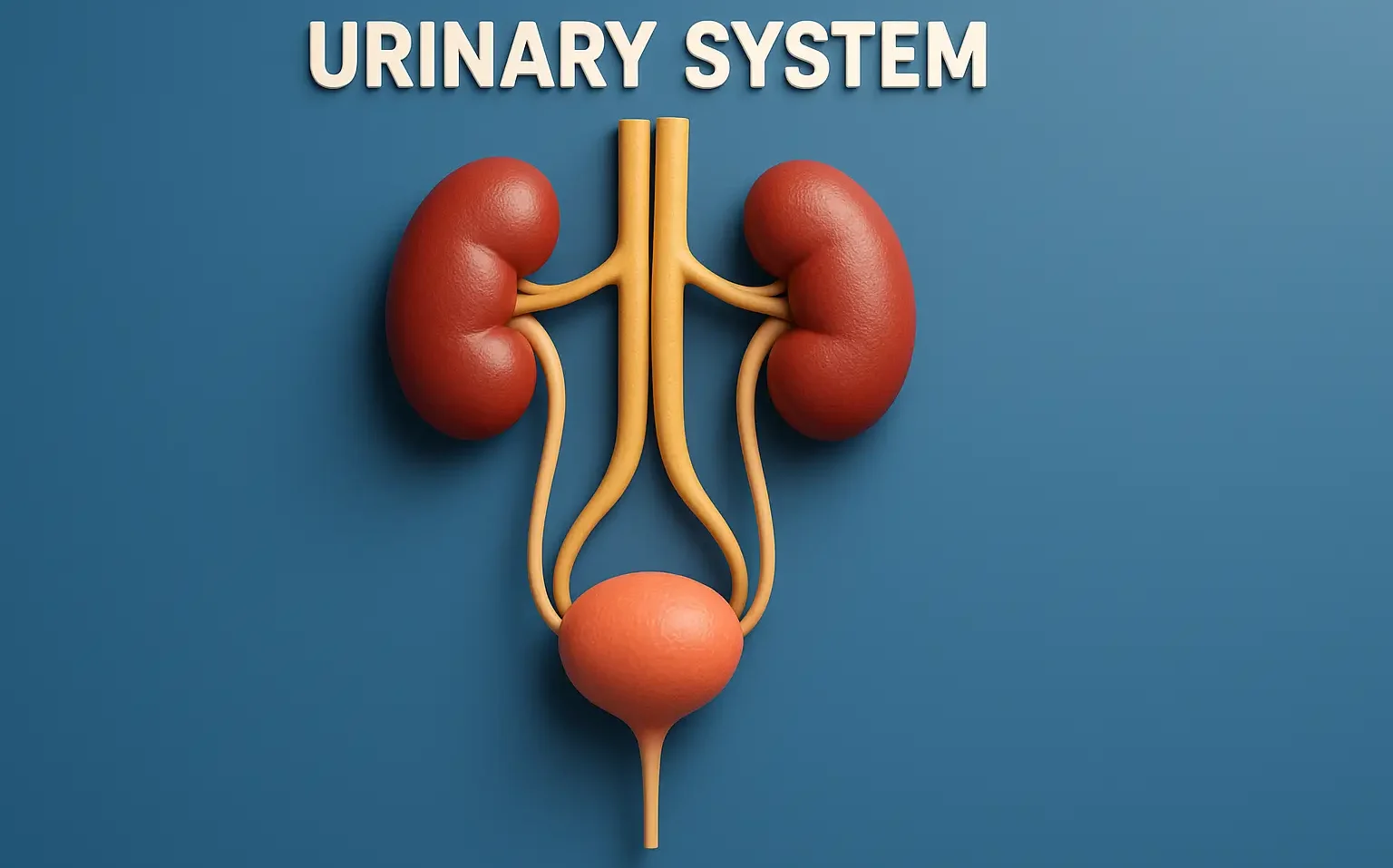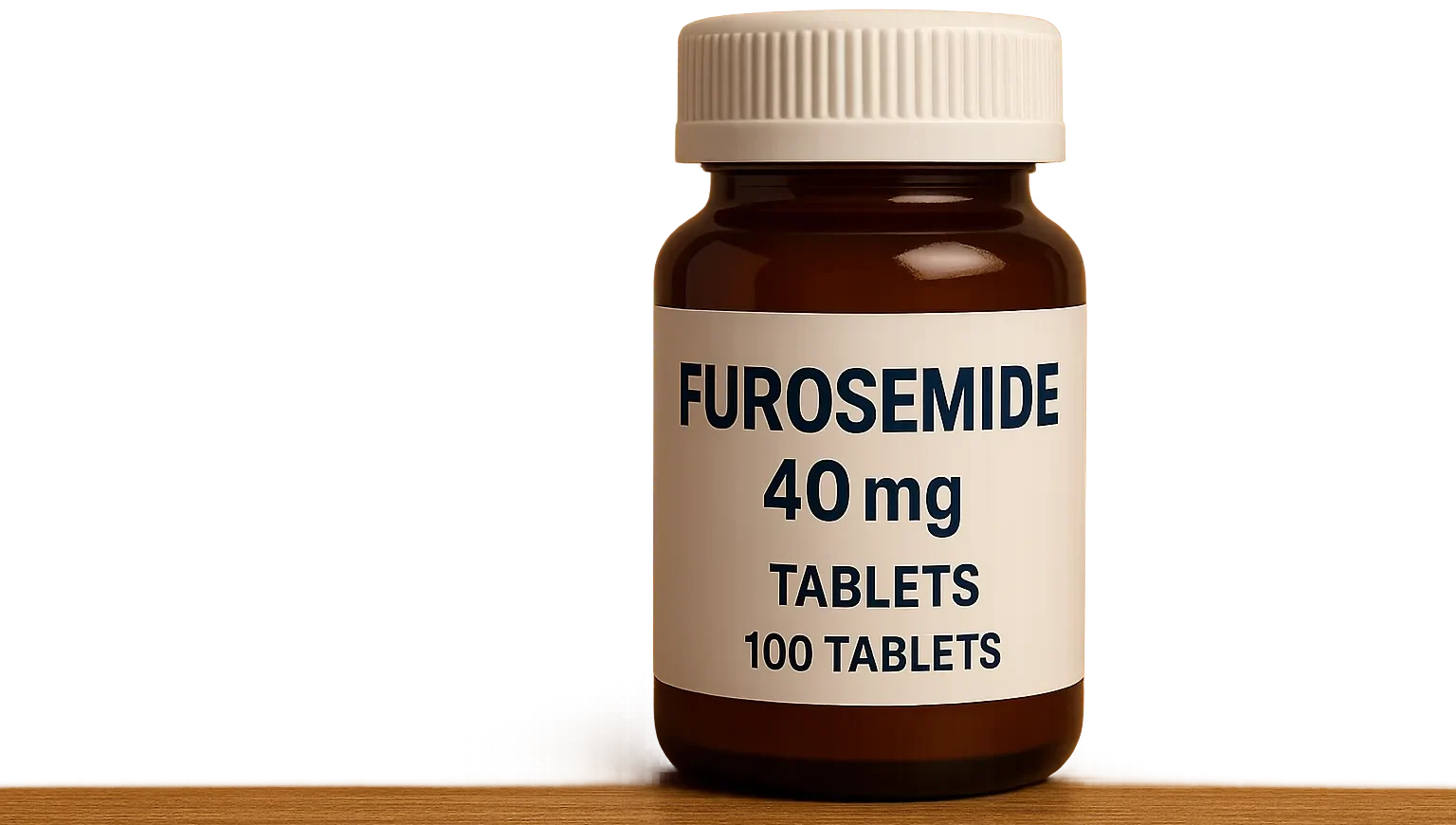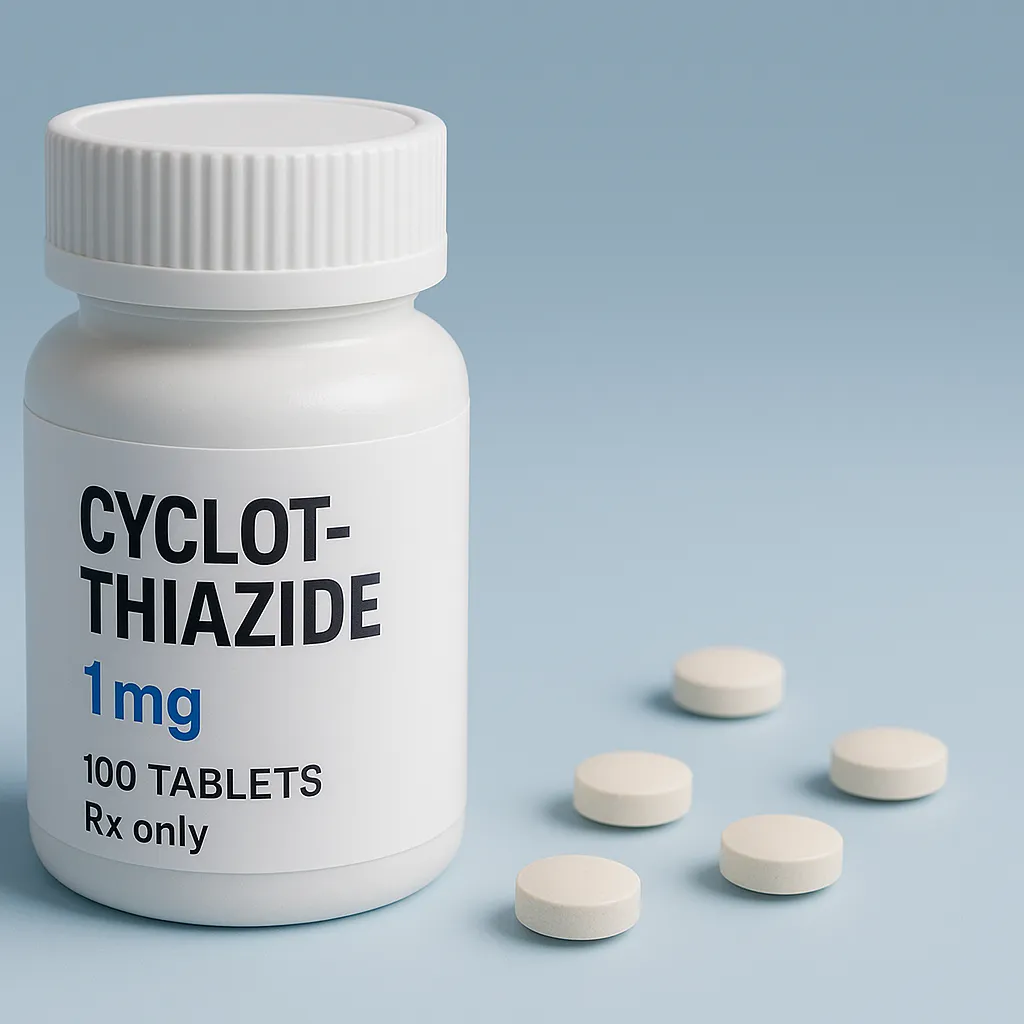Triamterene
Triamterene is a potassium-sparing diuretic used to treat edema and hypertension by reducing sodium reabsorption without potassium loss. Structure of Triamterene Triamterene is a non-steroidal potassium-sparing diuretic with a triazine ring structure attached to an aromatic moiety and amine groups. Chemical Formula: C₁₆H₁₅N₃O₃ Mode of Action ENaC Inhibition: Blocks epithelial sodium channels (ENaC) in the … Read more










